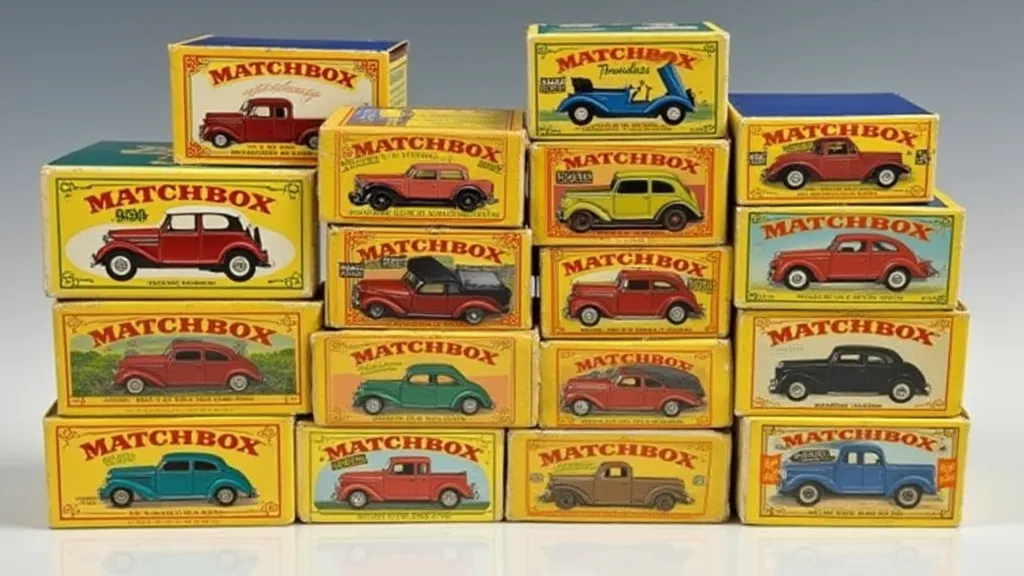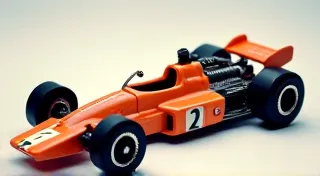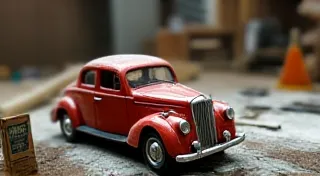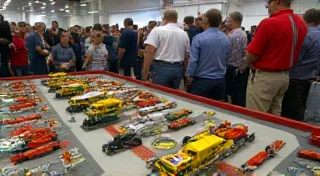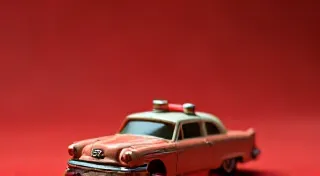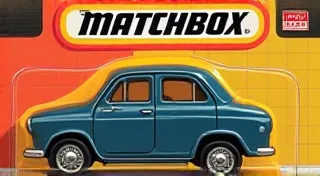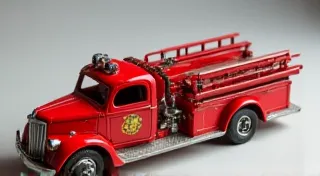The Role of Advertising in Matchbox Car Packaging
Matchbox cars, those miniature marvels of the mid-20th century, owe a significant portion of their enduring appeal not just to the cars themselves, but to the clever and often vibrant packaging that housed them. While primarily intended to protect the diecast models, Matchbox packaging served a crucial role in advertising and promotional campaigns, influencing both consumer perception and the overall desirability of the toys. This article explores how advertising shaped the design and appeal of Matchbox car packaging throughout their history.
Early Years: Functionality and Limited Promotion
In the early days of Matchbox cars, beginning in 1953, packaging was fairly basic. The initial boxes were simple, brown cardboard affairs designed primarily for protection during shipping and retail display. Promotional elements were minimal, featuring the Matchbox Lesney Products logo and the model name. The focus was on introducing a new and affordable alternative to larger, more expensive toy cars.
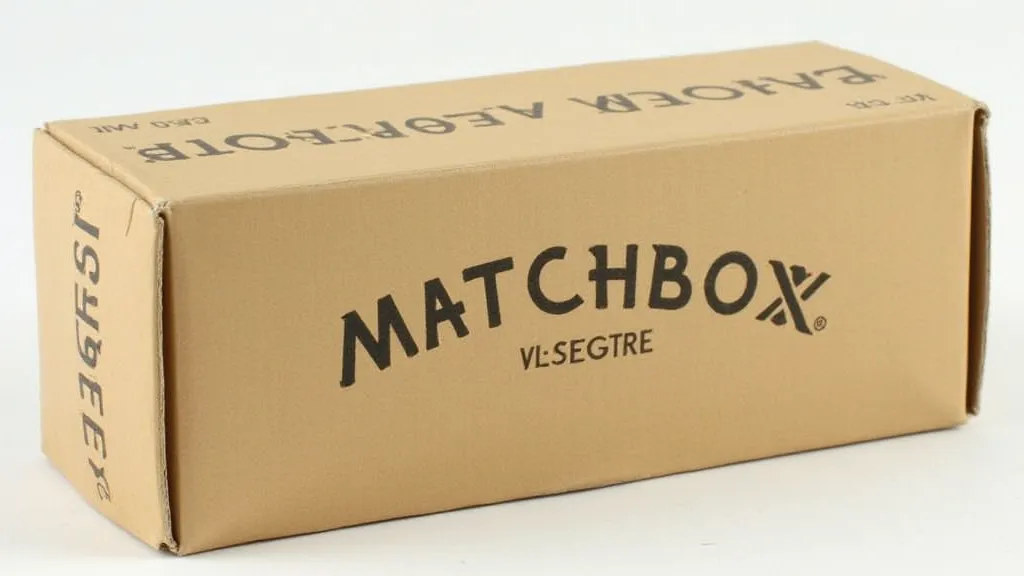
The Rise of Illustrated Boxes (1956-1960s)
By the mid-to-late 1950s, Matchbox realized the potential of their packaging as an advertising tool. Illustrated boxes became the norm. These vibrant boxes depicted the real-life cars that inspired the models, often in action-packed scenarios. The illustrations, initially hand-painted and later lithographed, not only showcased the vehicles but also created an aspirational image for young car enthusiasts. The famous "Road & Rail" series (1956-1963) is prime example of that.
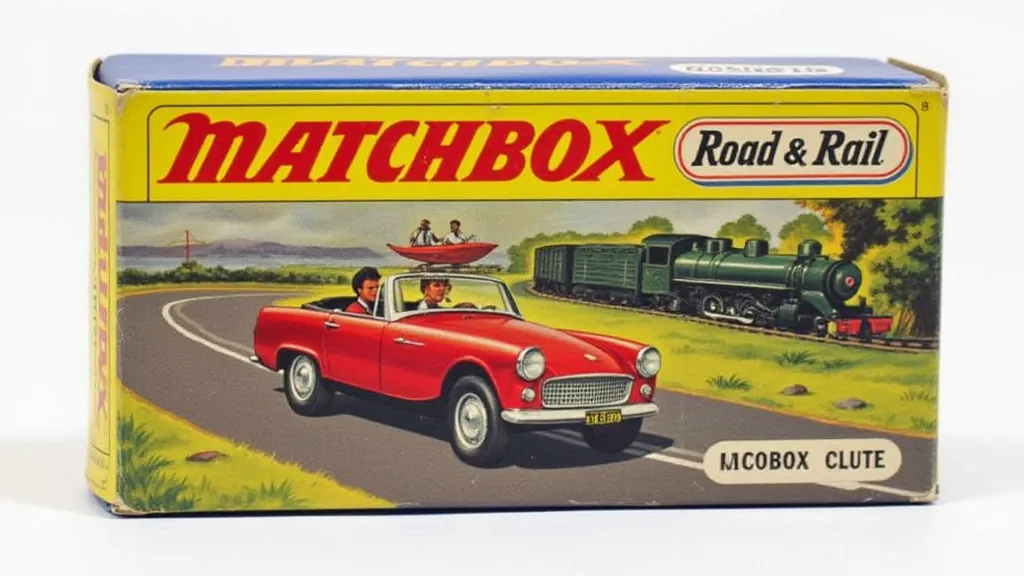
Leveraging Real-World Advertising
Matchbox wasn't shy about leveraging existing advertising campaigns. They would often feature the same imagery used in car manufacturer advertisements on their boxes, creating a direct association between the toy car and the real-life vehicle. This strategy was hugely effective in capturing the excitement surrounding new car models.
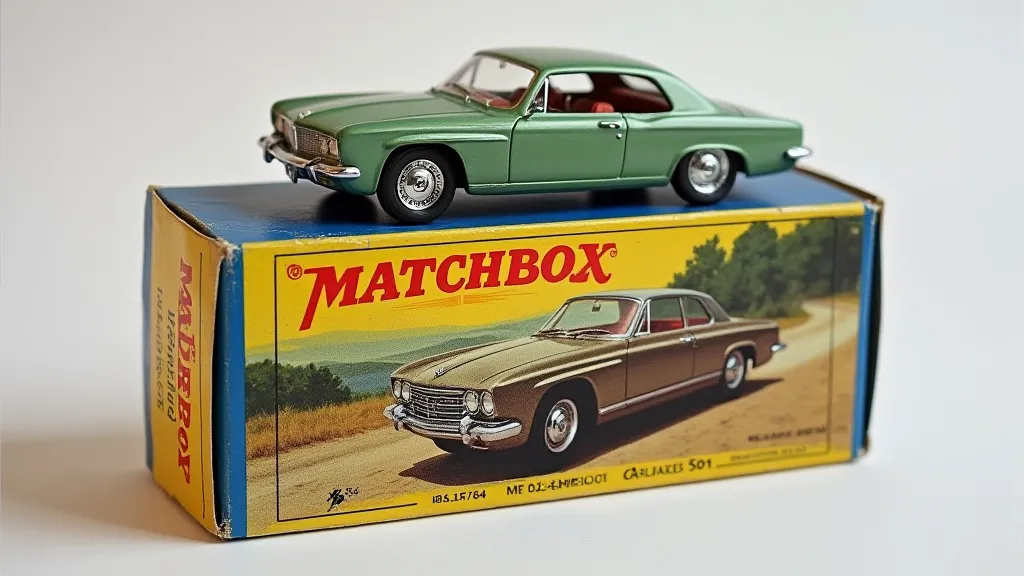
Promotional Themes & Limited Editions
Throughout the 1970s and 1980s, Matchbox embraced promotional themes and introduced limited edition packaging to increase collectability. Boxes might feature special color schemes, unique artwork relating to specific events, or tie-ins with popular movies or TV shows. This further fueled the collecting frenzy among young and older enthusiasts alike.
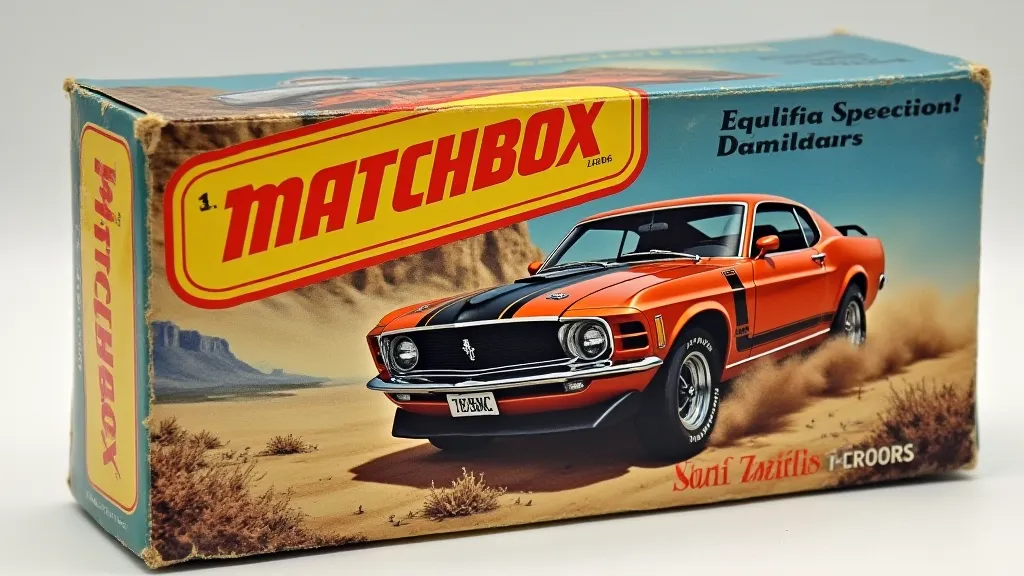
The Enduring Legacy of Packaging Design
The advertising embedded in Matchbox car packaging proved remarkably effective. It wasn’t just about selling a toy; it was about selling a dream – the dream of owning a beautiful car, of adventure, and of belonging to a community of car enthusiasts. Even today, these boxes are highly sought after by collectors, not just for the cars they contained, but for the artistic merit and historical context they represent. The innovative approach to advertising through packaging helped shape the popularity and lasting appeal of Matchbox cars, cementing their place as iconic collectibles.
